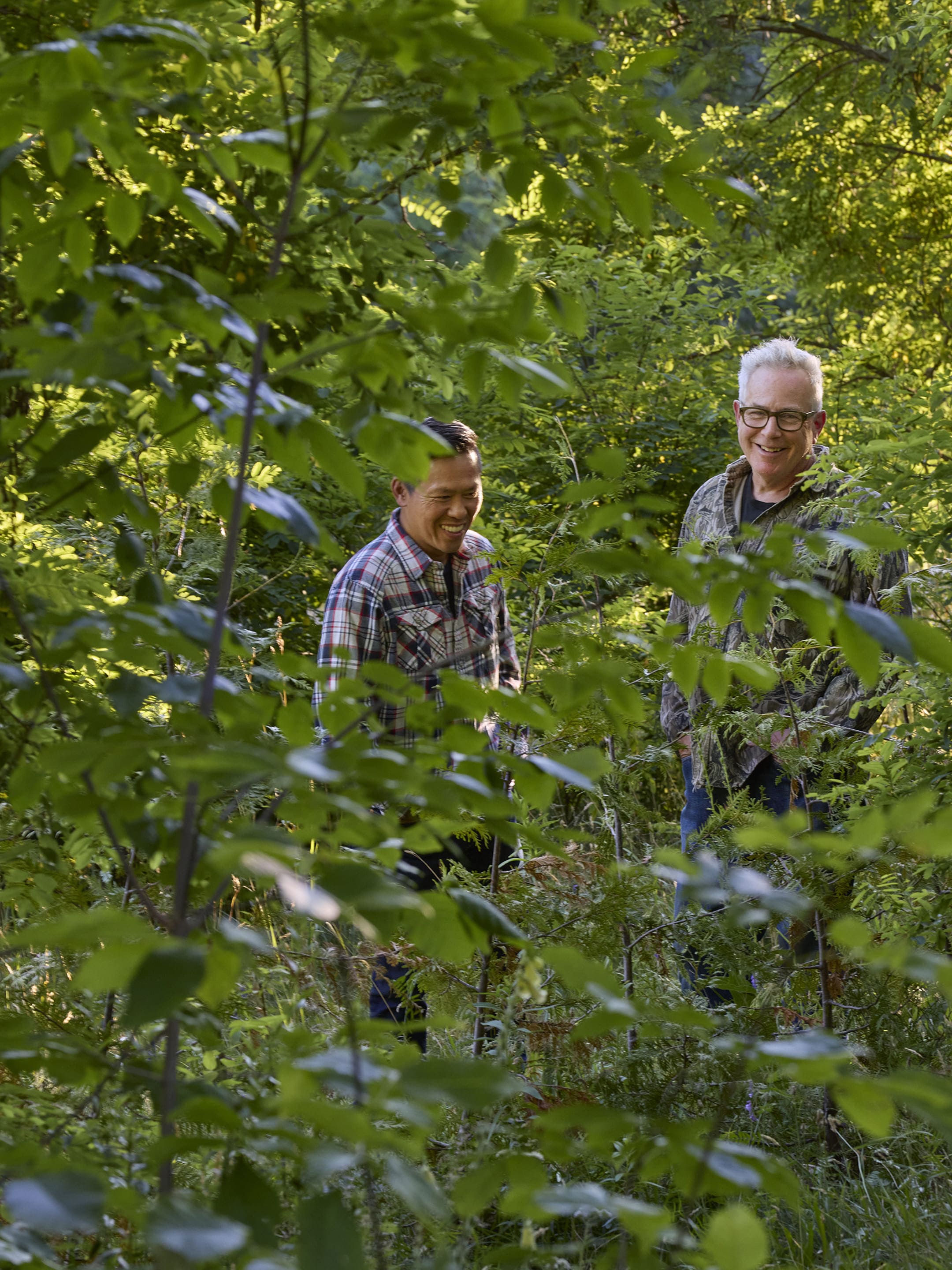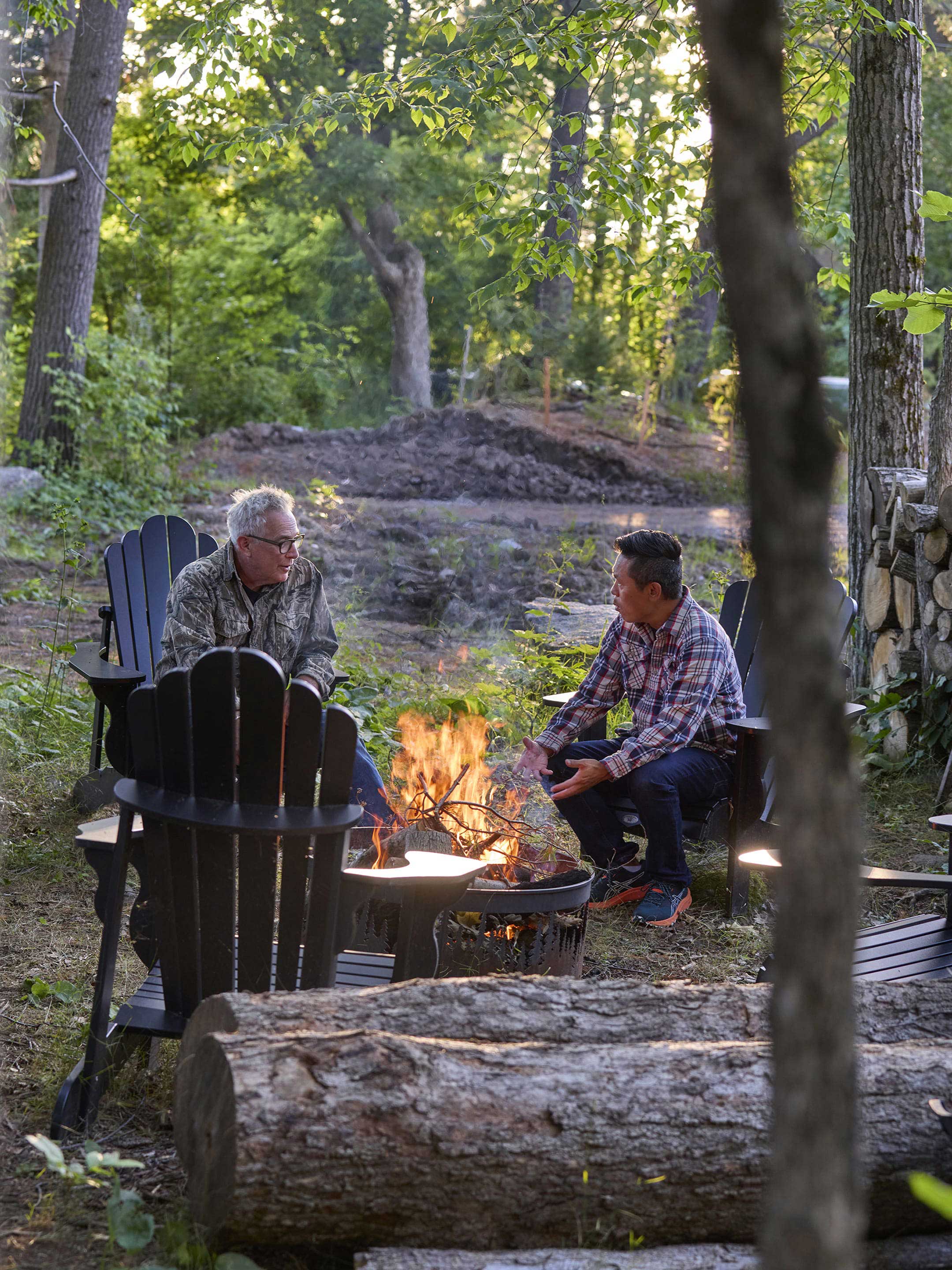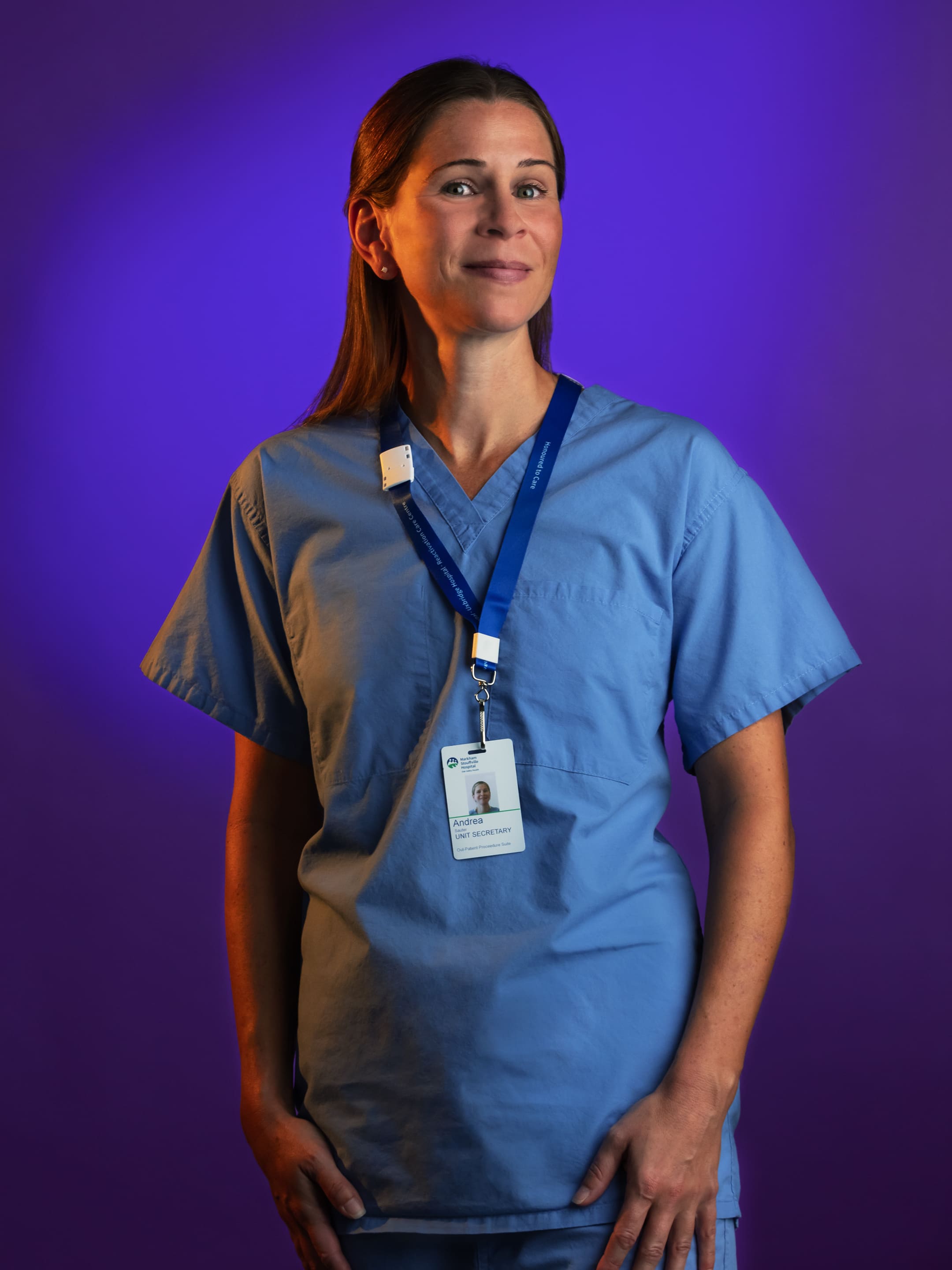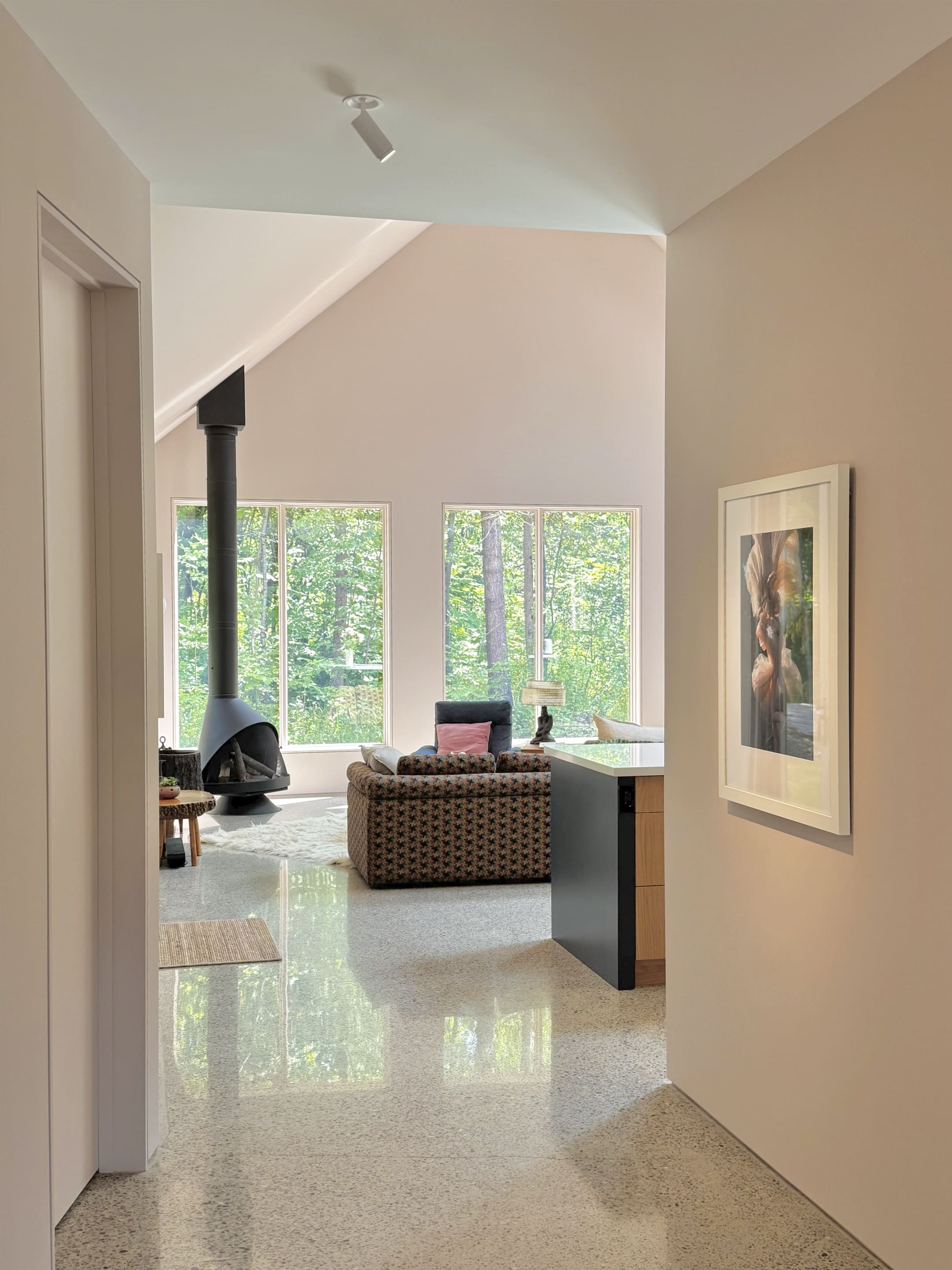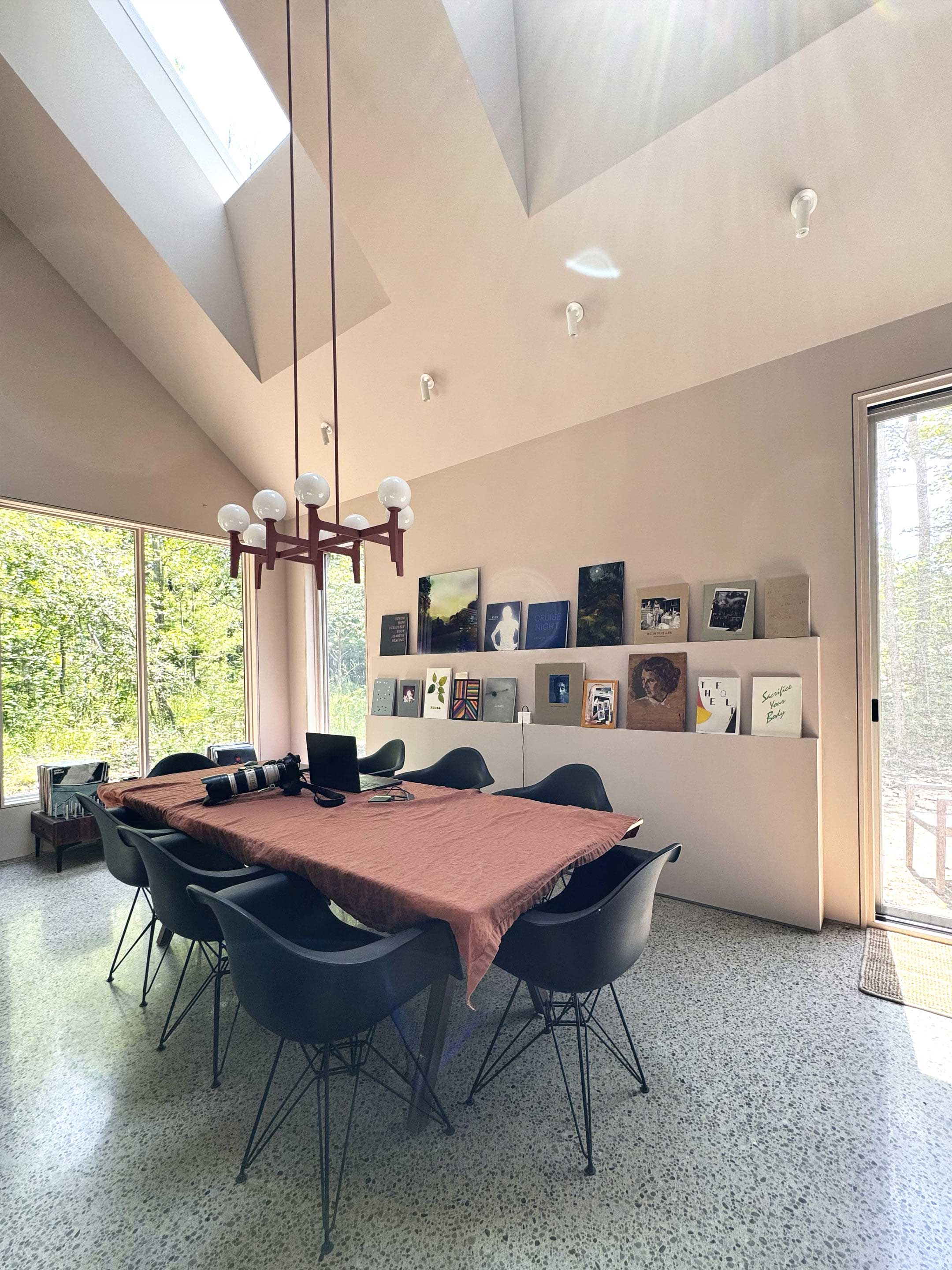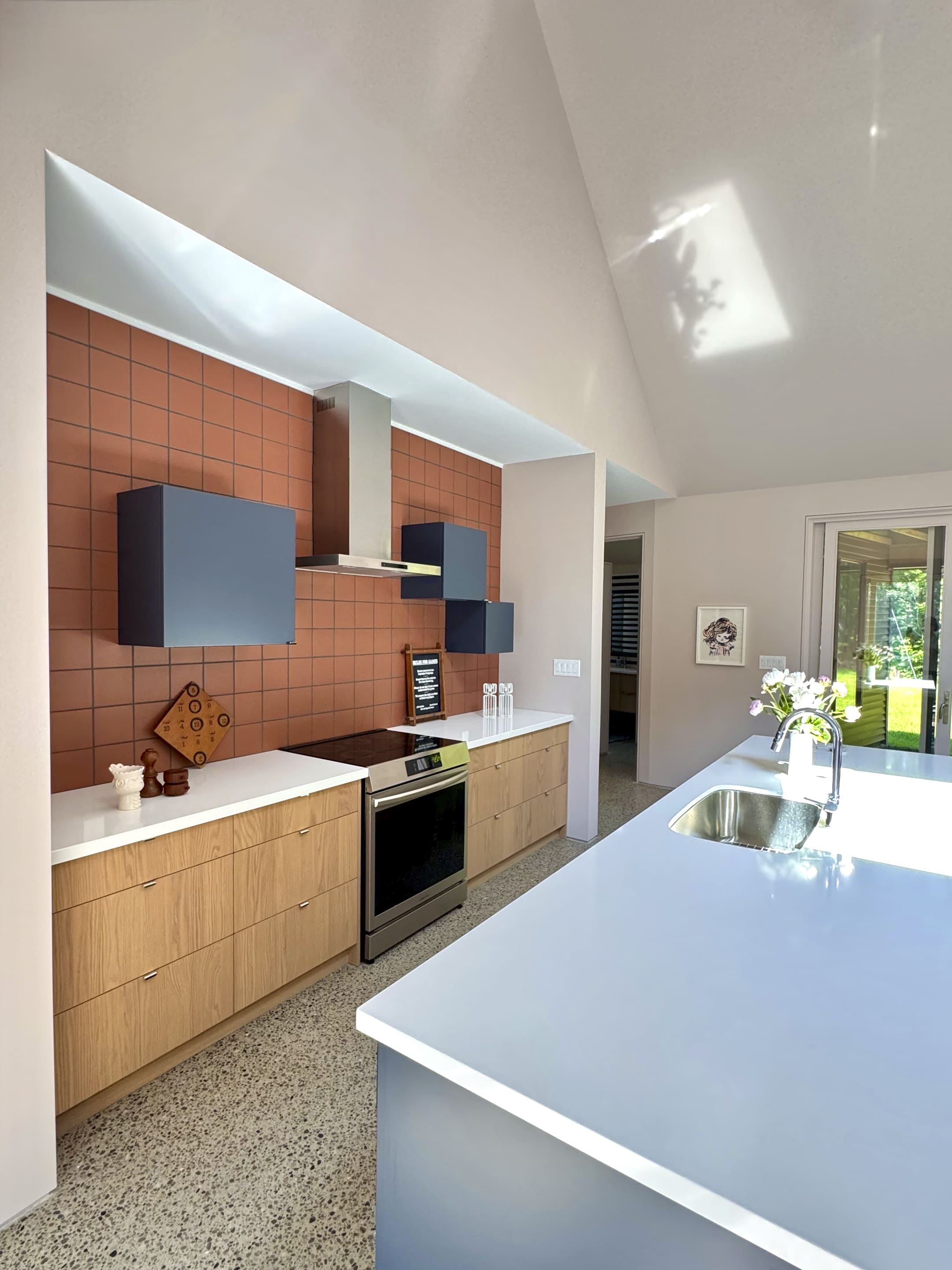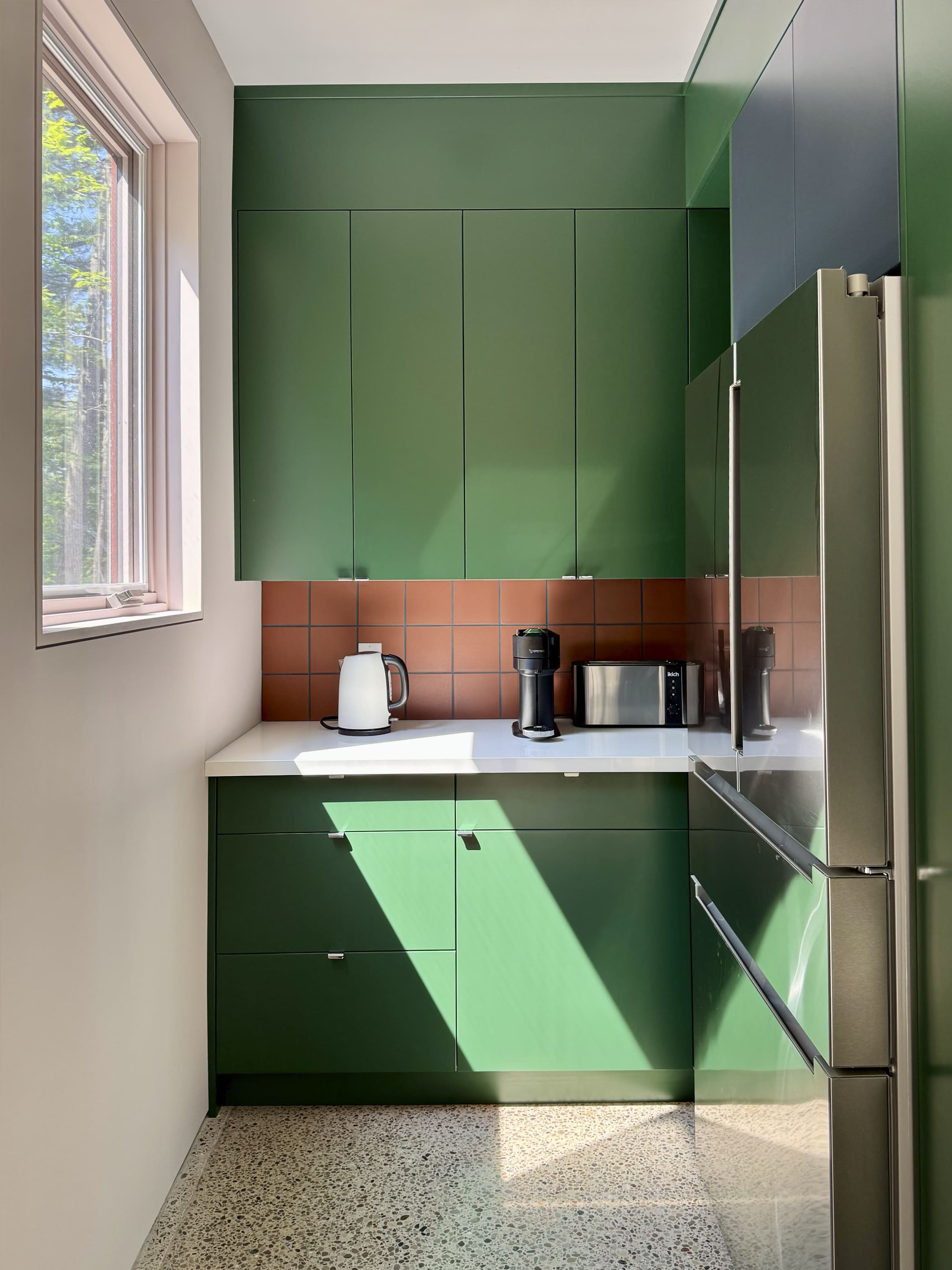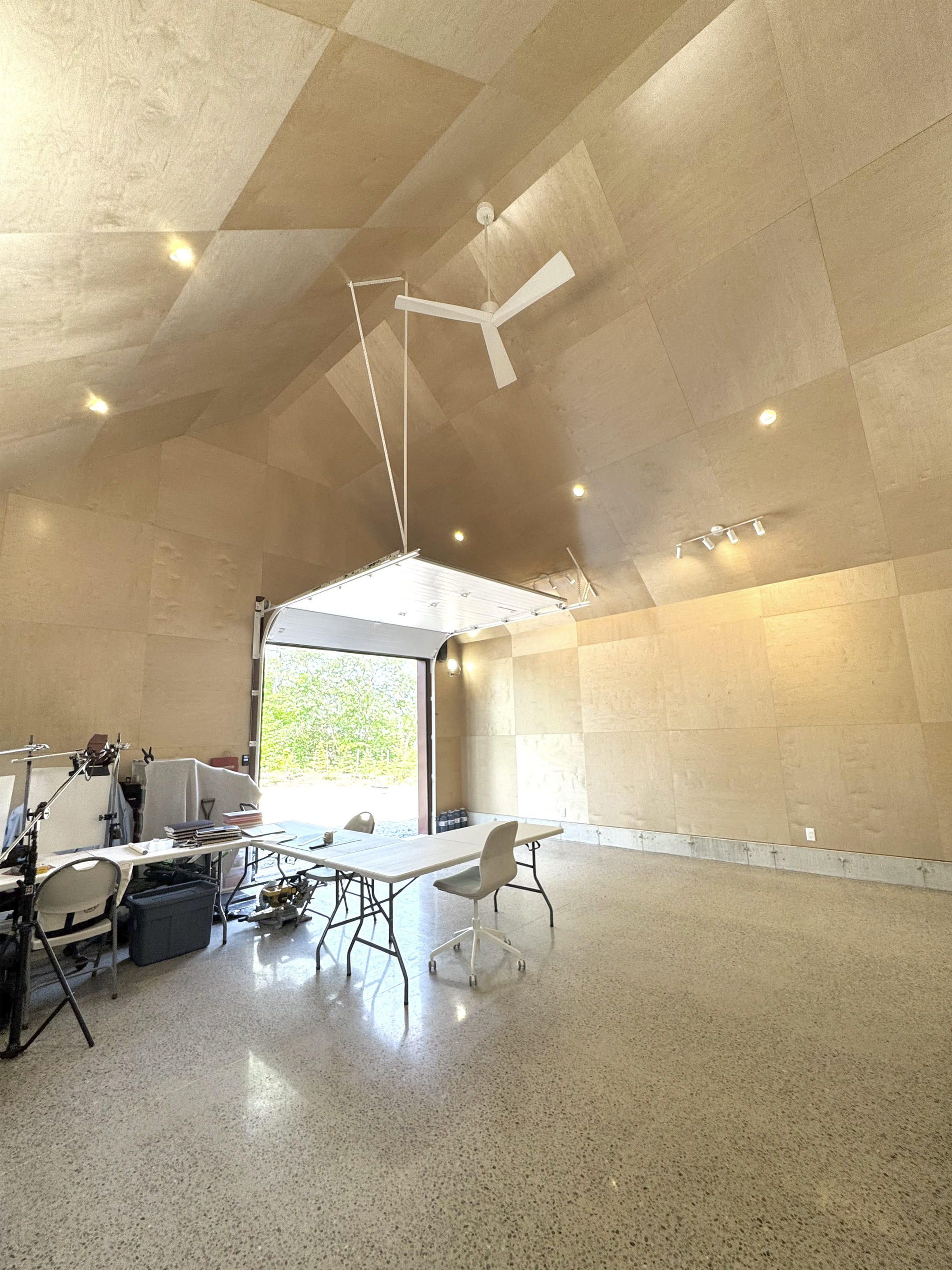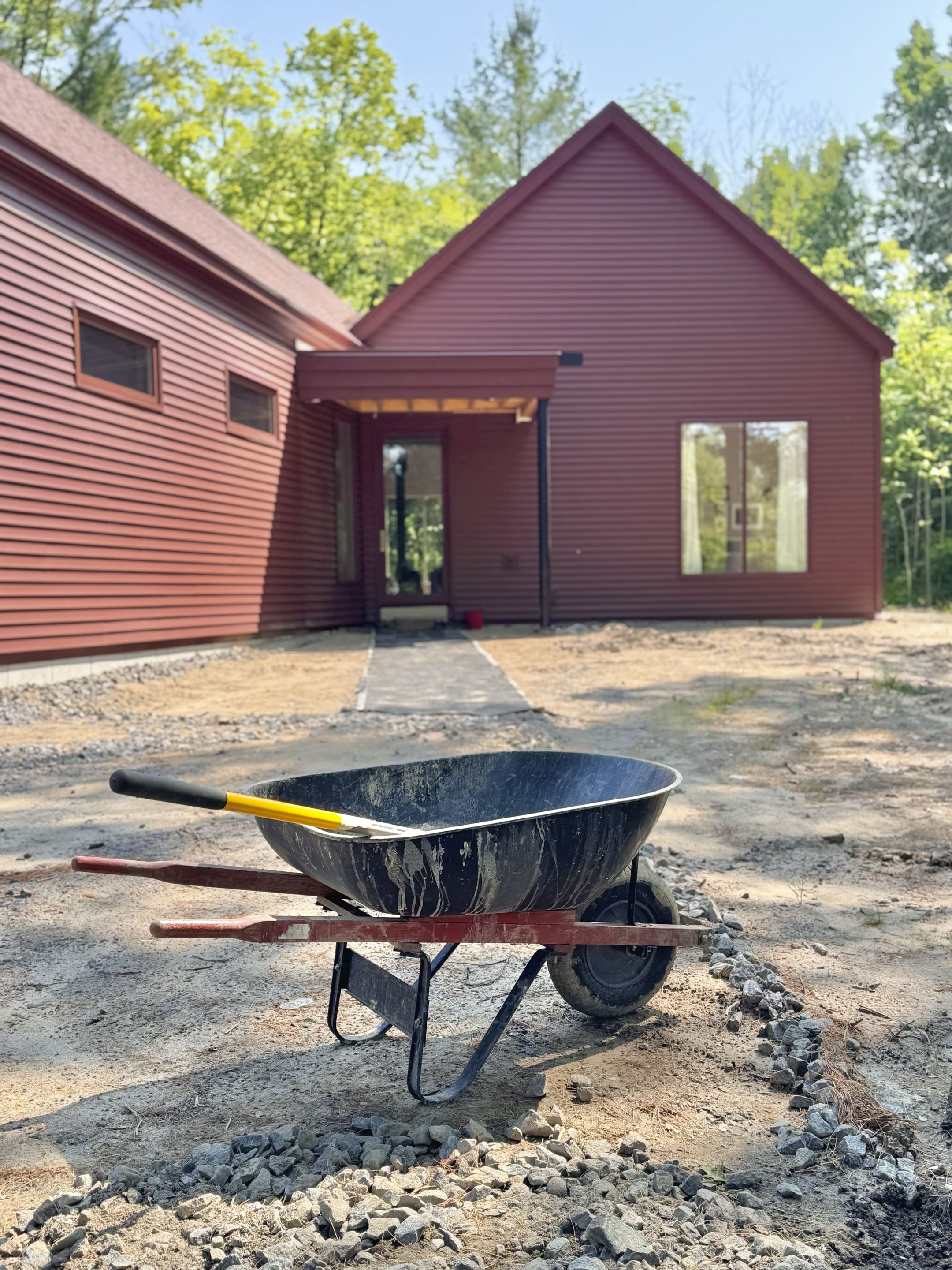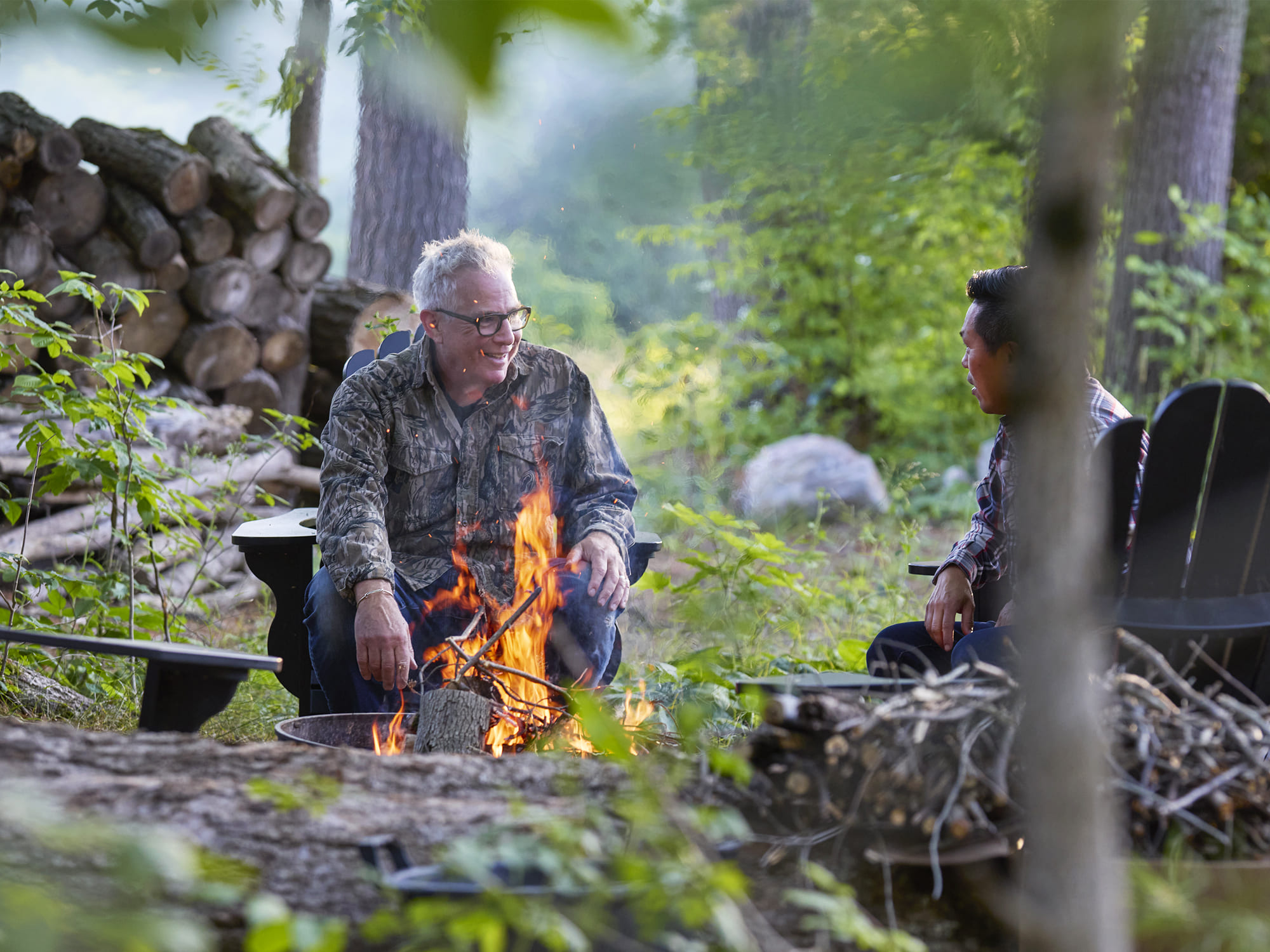

9 quick-fire questions on visual storytelling with photographer and professor, David Graham White
David Graham White and I go way back. In fact, he was the photographer on my first professional art direction assignment back in 2000. Since then, we’ve collaborated on many projects, swapped ideas, shared stories, and bonded over a love of design, photography, firewood, and beer. David has a calm, considered presence and a deeply artistic vision that’s shaped how I work to this day.
This conversation took place at his newly built home in Muskoka, a space he and his wife Meredith (also a talented photographer and artist) designed together. It’s rustic, modern, and whimsical all at once, with playful use of colour, a forest-facing studio, and an energy that makes you want to slow down and make something meaningful. We covered a lot, the evolution of image-making, making people feel comfortable on set, teaching creativity, and where AI fits into it all.
Will: Hi David! Let’s go back in time. What do you remember about that first shoot we did together back in 2000. I believe it was an annual report for Leitch Technology Corporation, a company leading the charge on supporting real-time video. How has your approach to photography evolved since then?
David: I remember that shoot really well, especially how much you talked about story. I learned that from you. It’s something that’s stuck with me ever since. I think that’s what separates a strong image from a weak one, whether it tells a story or not. You helped me see that early on.
Technically, photography has obviously changed a lot since then, but my style and approach have remained fairly consistent. I’ve always tried to celebrate the people I photograph, to capture something true about them. It all comes back to story.
Will: An image can convey so much in an instant. I remember we set up a sleepover scene of teens watching a live NSYNC concert from their bedroom. The idea was to represent Leitchs’ video processing capabilities to allow for better streaming quality on the internet. Today of course we don’t think anything of watching live video content on screens or on our mobiles. But back in 2000 this image really conveyed the notion that the future was video.
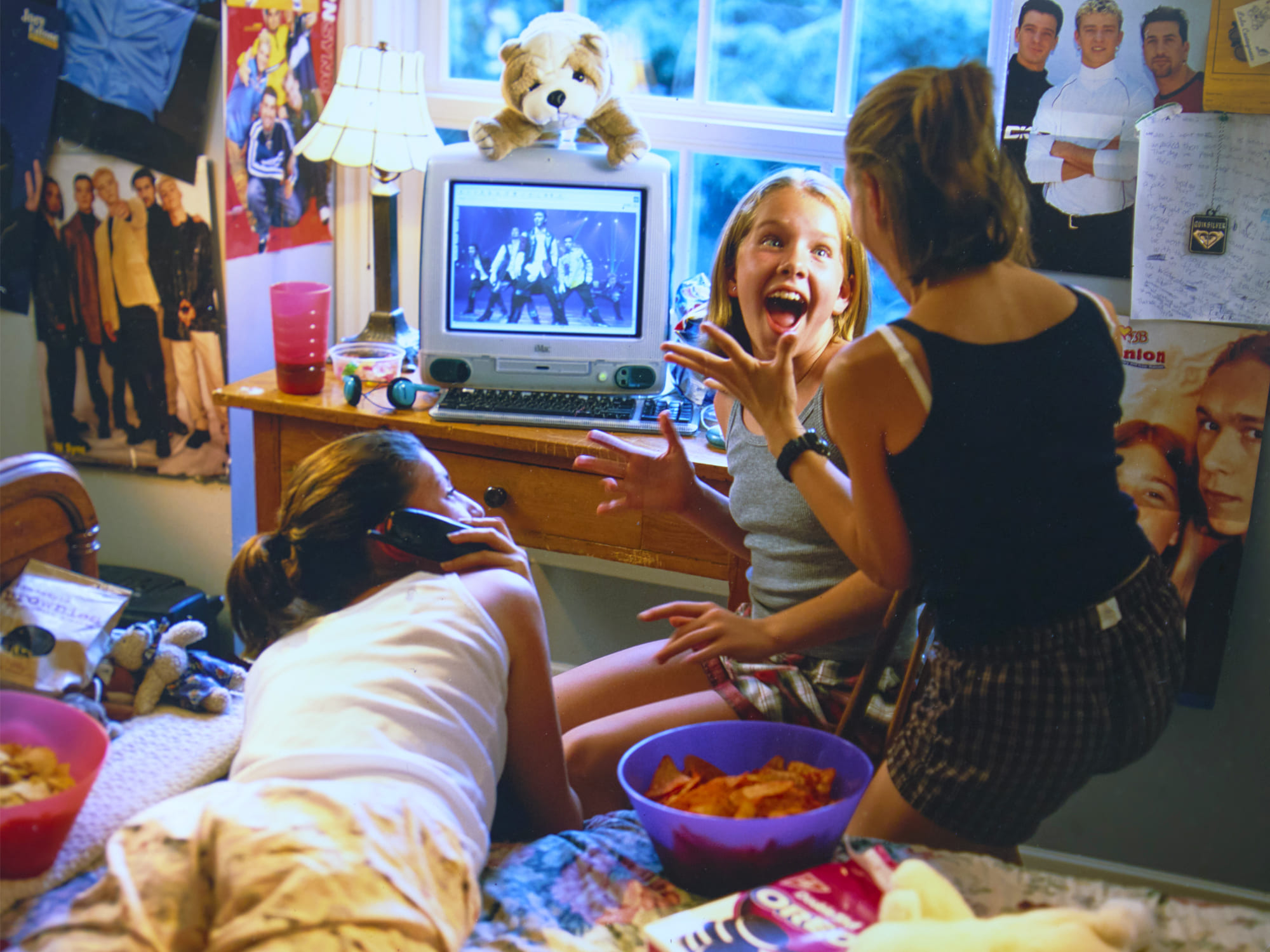
“I remember Meredith was on set to coach and cheerlead the girls to bring the energy level up. The expressions on their faces made that shot.”
Will: This leads to my next question. You’ve always had this calm, grounded presence on set. How important is that energy when working with clients or subjects—especially those who are nervous in front of the camera?
David: It’s funny. When I think about that question, I instinctively think about technique as being contrived. But really, I don’t rely on “techniques.” I don’t have a script or tricks to get people to smile. I think that would feel inauthentic. Instead, I just try to show up as myself—low-key, curious, genuinely interested in people.
That energy works for a lot of situations. If I feel like a subject or an idea potentially needs more energy than I’ll bring someone in; like how Meredith stepped in to cheer those teens on at the sleepover shot. But mostly, it’s about connecting on a human level. I find people fascinating. And they can sense when you’re actually interested in them.
Will: I’ve learned that from you as well. When I’m on set, I find that sometimes clients want to get on with the shot quickly. But, I think it’s more important to stand back from the camera at the start and get to know the person, loosen them up, and make them feel more comfortable.
Will: Speaking about “feeling”, from your perspective, what role does photography play in shaping a brand’s identity or emotional connection with its audience?
David: Photography plays a huge role. It used to be that photography and truth were closely linked. But even before AI, photos were never completely “true”—they were always curated or manipulated in some way.
Now, with the saturation of imagery, it’s even more important that a photo connects emotionally. We live in a world where people almost want to be inside the image, they imagine themselves living in it. For example, if you see an image of a coffee shop in a city neighbourhood with beautiful light, you may imagine yourself sitting in that shop enjoying a nice americano or something. You want to be in the ad. That’s the power of branding, right? It’s not just about a product or service; it’s about selling a story, a feeling. And photography delivers that in a split second.
Will: If you’re on IG and see this beautiful image of a sunset over an ocean, you can only appreciate it so much because you’re not there. You can’t feel the warmth on your face or the smell of the sea.
David: It’s easy to get cynical about commerce, but we are naturally part of that culture of being persuaded; being sold an image.
Will: Like an ideal.
David: Exactly, yes.
Will: As a professor of photography at Sheridan, how do you coach students to think beyond the technical and tap into storytelling or emotion in their work?
David: First, you have to get comfortable with the technical. Photography is a very technical craft. Once that’s second nature, then you can focus on the deeper stuff—the messaging, the emotion, the intention.
But more than that, it’s about being an interesting person. If you don’t have interests beyond what’s in front of you, you’re essentially just regurgitating what’s already there. It’s about having an opinion, being curious about life and the world. I try to inspire curiosity. You can’t be a good storyteller if you’re not curious about the world.
“I push students to get out of their comfort zone, try new things, talk to new people. That’s where their unique point of view comes from. Technique is learnable. Curiosity has to be cultivated.”
Will: This idea parallels the journey of graphic design as well. Like photography it was a very technical skill or craft back in the early days. But with the advent of the Mac and desktop publishing, anyone could lay out a page. The question was what’s next? As a trained creator, what can I bring to the storytelling to make it richer and fuller.
David: And not just visually, but engaging with the world. Making relationships and connections with people and seeing things differently. The idea of using a GPS, for example, to get you there and back every time—but, you’re not really knowing where you are. I’m not against technology per se, but it’s about taking a different route sometimes. Or talking to someone you normally wouldn’t. Or seeing a movie of a different genre. All those things make us more interesting as creatives.
Will: I love the GPS analogy. I know some people that love to travel but with super-planned-out itineraries. On the other hand there are those that love to get lost. Not knowing where you are exactly and what you’re going to do next. Every corner is new. That’s fun!
Will: As a corporate photographer you’ve probably worked with many agencies and art directors over your career. Can you talk about the dance between photographer and art director? What makes that collaboration successful?
David: It is a dance. A good art director knows the client better than I do. So my role is to follow their lead and then bring some flourishes, maybe something unexpected.
But sometimes I’ve worked with the same client for years and I know them better than a new art director. That’s where it gets tricky. You don’t want to step on toes, but you also want to make sure the client gets what they really need.
“With you, Will, it’s always been easy. You bring clarity, and you’re open to ideas. That’s rare. There’s no ego. Just teamwork.”
Will: Exactly. That’s the way I treat shoots, as a team. I don’t ever go into a shoot knowing exactly what I’m going to get. But I usually have an inkling on what to aim for. During the concept phase, we typically show a mock-up photo to the client, but they often expect that exact image as the outcome. I always caveat that the final result may not be exactly as shown. When on set, I often want input from the photographer, like yourself, as an expert storyteller through imagery. And so I’m always interested to see what your perspective is on a concept; it may be different or an expanded version – not just my narrow view.
David: I think that’s unique though. You’re confident and you know that you’re good at what you do. And your ego is low, so you allow for that play to happen on the fly. I think that’s fairly rare. I’ve worked with many art directors who want to put their own stamp on an image by super art directing it and therefore already limiting the possibilities.
Will: We recently worked together on creating portraits and b-roll video for the Markham Stouffville Hospital Foundation “MSH Heroes” campaign. How do you balance the artistic vision with the practical demands of that kind of shoot—especially with colourful backdrops and dynamic lighting setups?
David: That shoot was a great example of needing to pre-plan everything. The technical setup had to be solid so that once people arrived, I could focus on them. The lighting, the backdrop colours, everything was dialed-in ahead of time so I could just connect with the subjects.
And those people truly were heroes. It was an honour to photograph them. I wanted the portraits to reflect that. So once the setup was locked in, it was all about making them feel celebrated. We even did test shots ahead of time to match colours to the foundation’s brand palette, and rehearsed in a mock studio space. It made the shoot run smoothly and gave us room to capture real, powerful moments.
Will: Not every shoot goes smoothly. Can you share a challenge you’ve faced on set and how you worked around it?
David: There was a time I shot a product for a client—a plexiglass 3D logo. Technically it was fine, but I knew it wasn’t my best. It just didn’t sing. It happened to be the day after my daughter was born, so my head wasn’t in the game.
They were happy with it, but I wasn’t. So I offered to reshoot it on my own time. I just wanted to get it right. That’s the only time I’ve voluntarily done a redo. But I’ve never had a reshoot requested otherwise. Again, planning and prep go a long way.
Will: We always think that shooting real people can be challenging, but in general, they warm up and eventually you get something great. Ironically, shooting still life or product can be difficult because of the variety of materials. And I would imagine food falls into that category too.
David: I don’t do a lot of food, but yes, challenging for sure. I think that’s a niche that’s getting heavily affected by AI now.
Will: Good segue to my next question.
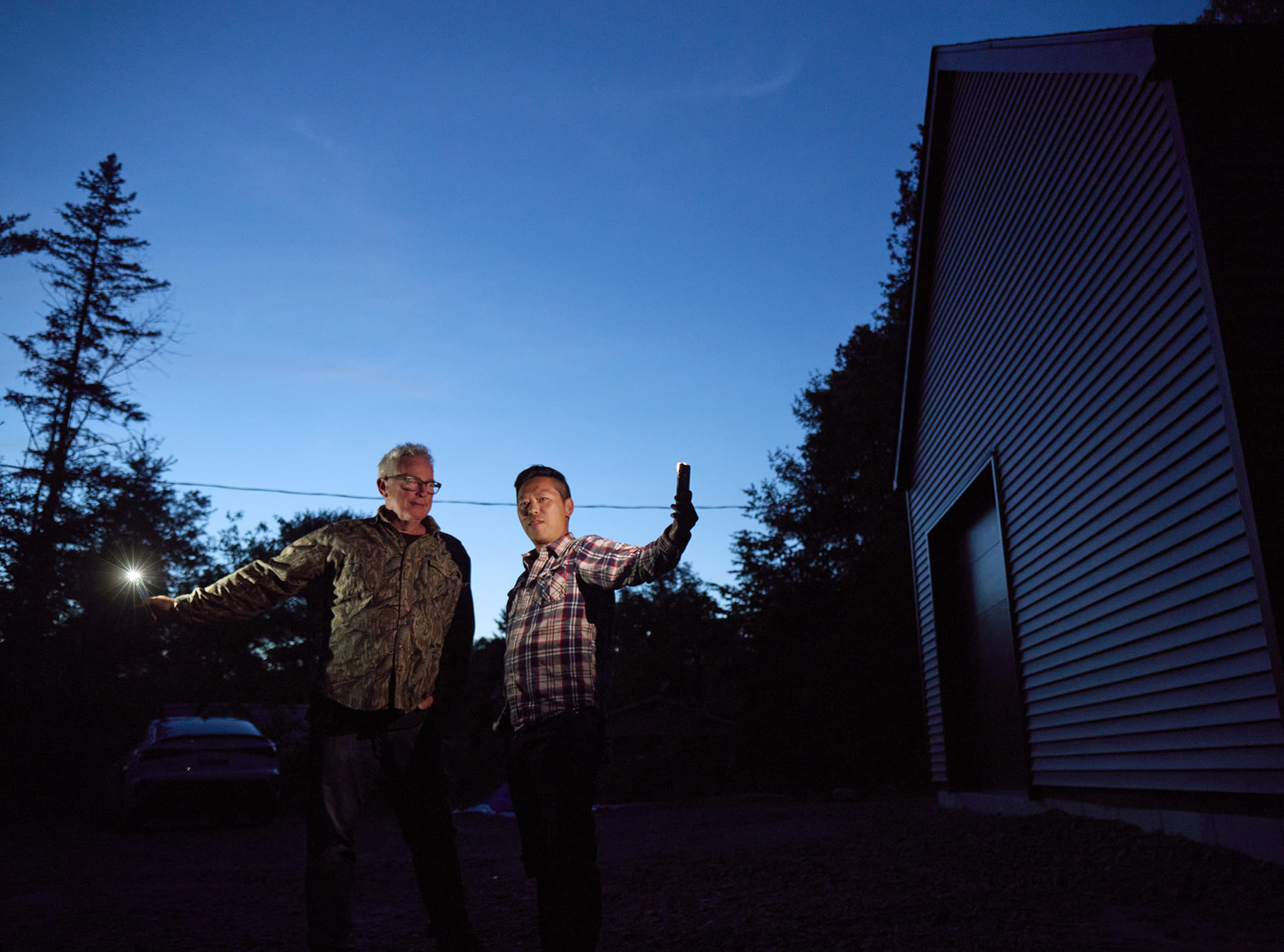
Will: There’s a lot of chatter right now about AI-generated imagery. How are you feeling about AI’s role in photography and the creative industry at large?
David: It’s exciting and terrifying all at once. As a creative, change is part of the job. And AI brings new tools and new ways to explore. I use it in retouching now. But when it comes to the kind of work I do—real people, real stories—there’s still a need for human connection.
“What I find fascinating is that younger generations know AI isn’t real, and they don’t care. The idea of truth is shifting. That’s going to change how we tell stories, how we connect emotionally through imagery. We’re only just beginning to see where it’ll take us.”
Will: Indeed, AI is a whole deeper topic to discuss beyond this interview isn’t it?
David: Something to chat over another campfire I guess.
Will: You and Meredith have only recently moved into this stunning new cottage here in Muskoka—modern, rustic, a little whimsical, and full of bold colour choices. What was the process like designing and building it together? And looking ahead, what kind of creative potential do you see this place unlocking for both of you?
David: We designed and built this place from the ground up, and it’s been a huge creative outlet. Everything from the colour of the walls (which, yes, are pink!) to the orientation of the windows was intentional. We wanted it to feel calm, unique, and full of personality.
The original cottage on the lot was referred to locally as “The Pink House,” and oddly, the name stuck. The siding had faded to pink over time, and now we’ve brought that back inside.
There’s still more to do, but even now, I’m already feeling how the space changes my creative rhythm. The light, the quiet, the forest views—it’s all fuel. I can’t wait to see how it shapes the work we make here going forward.
Will: David it’s been an illuminating conversation. Thank you for chatting with me.
David: My pleasure!

